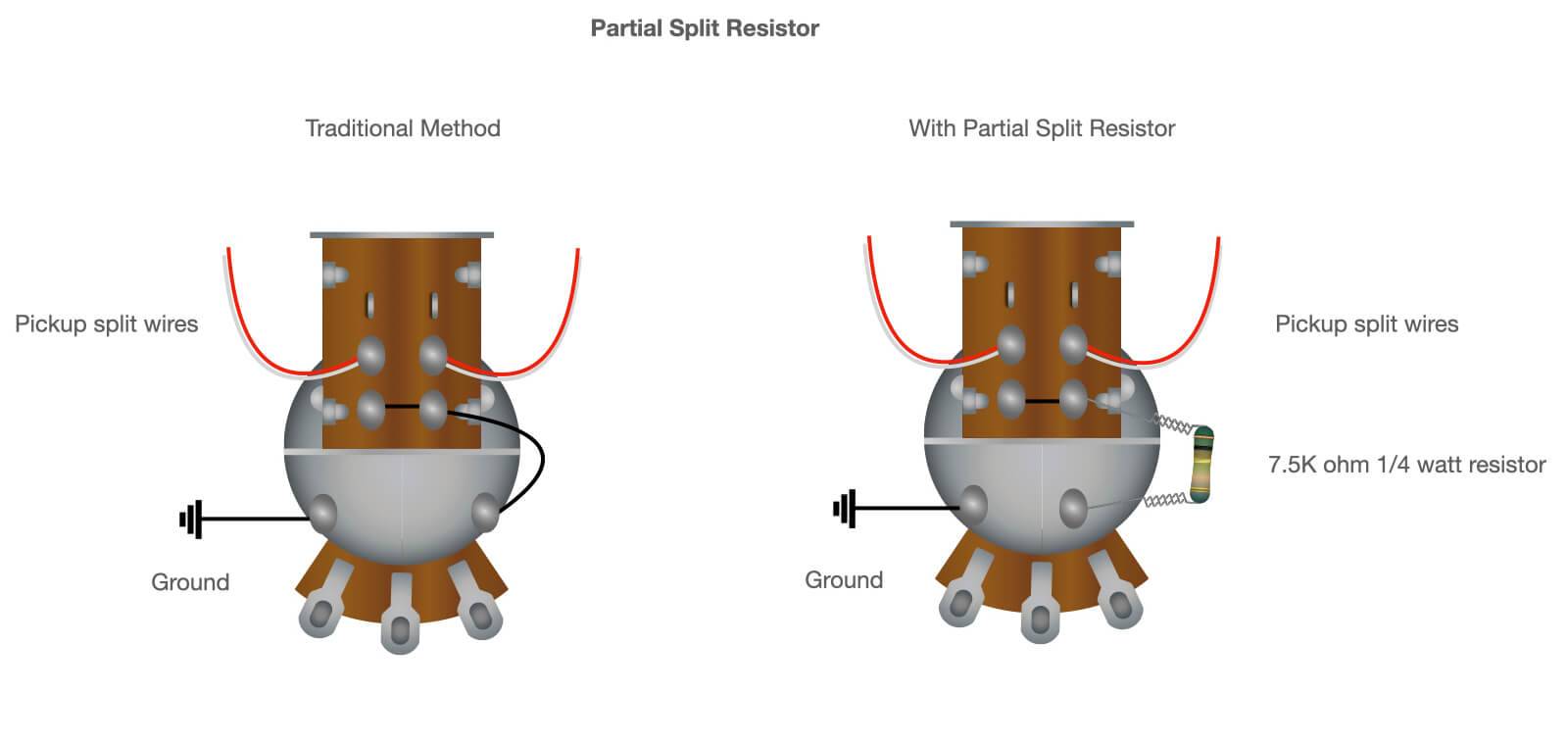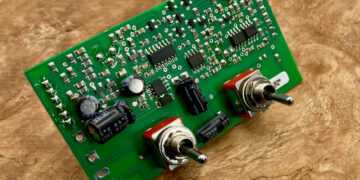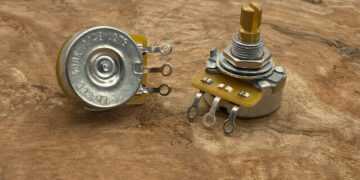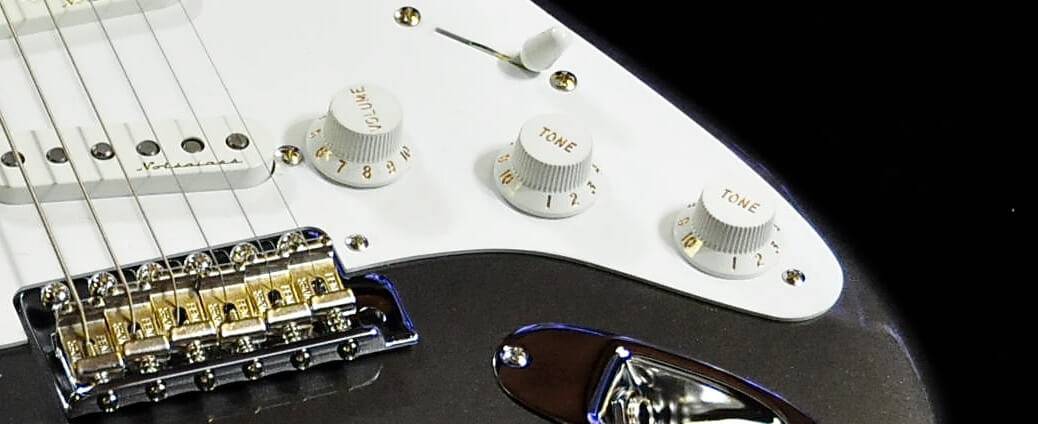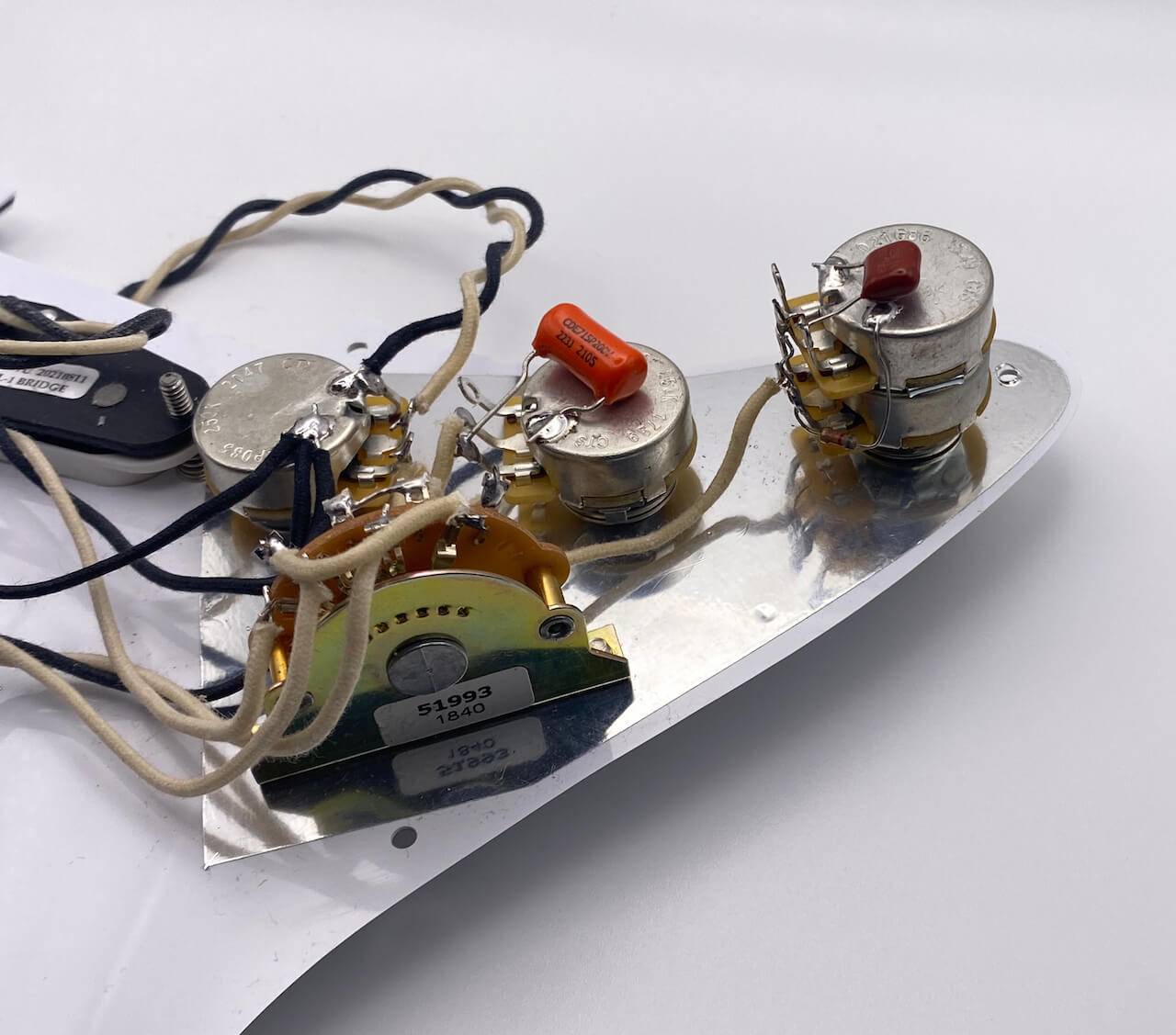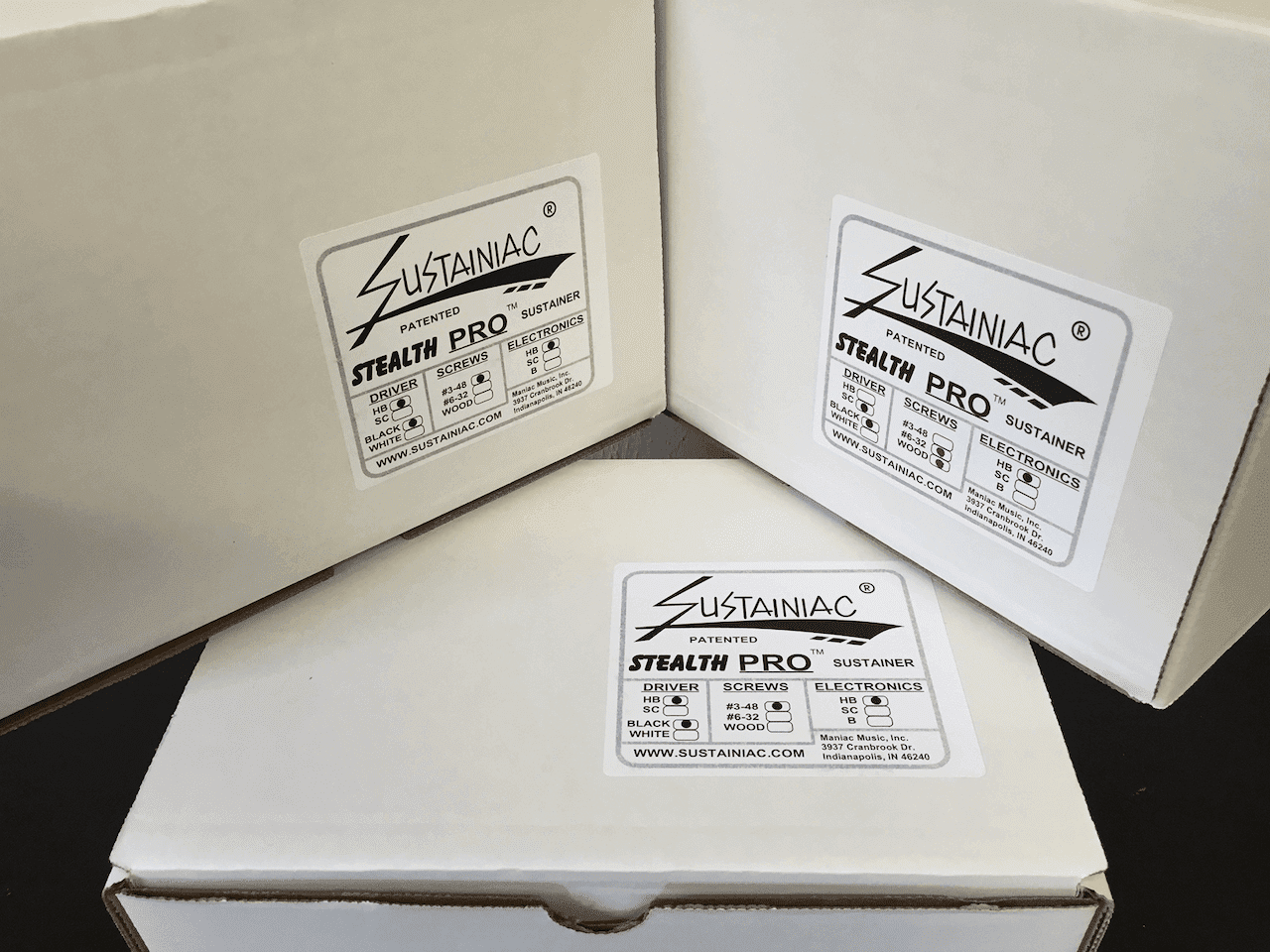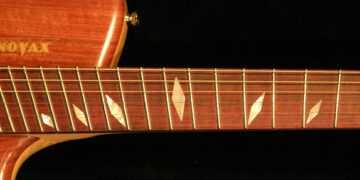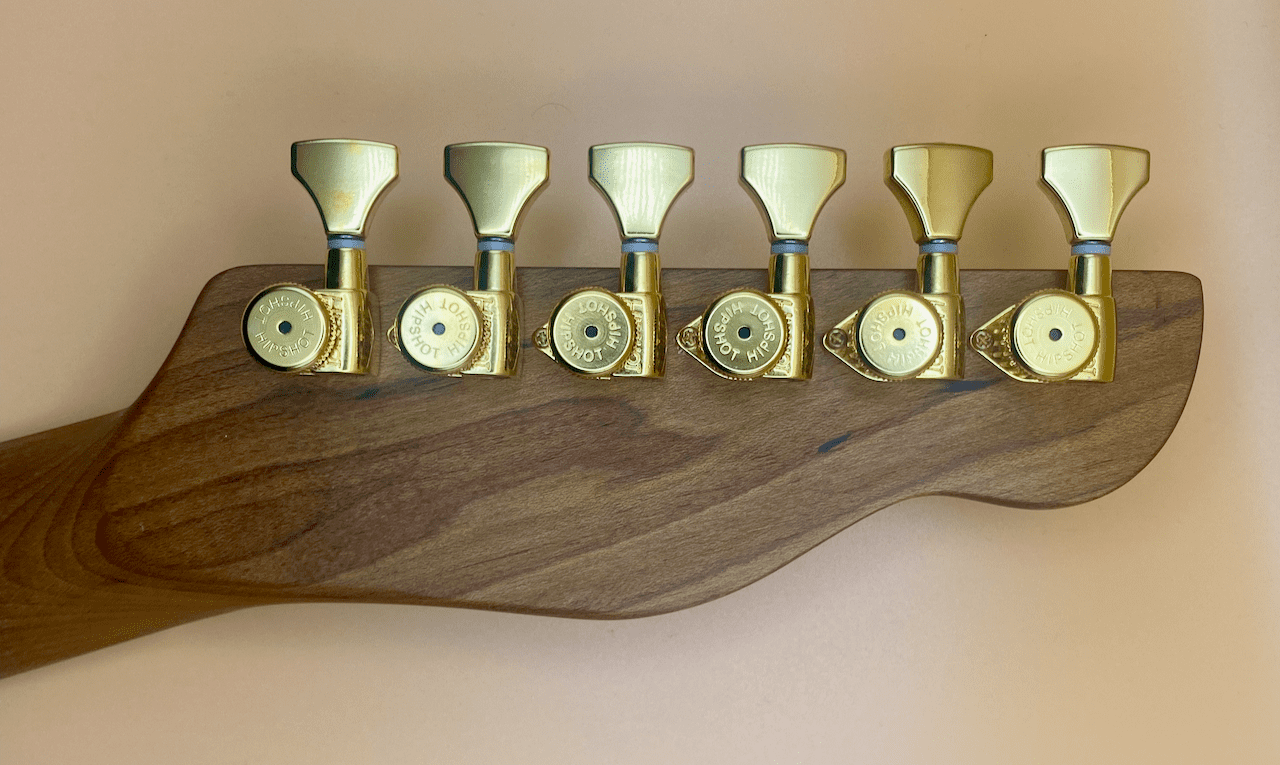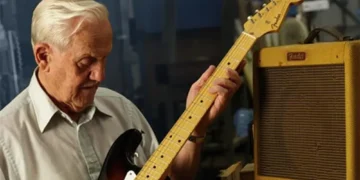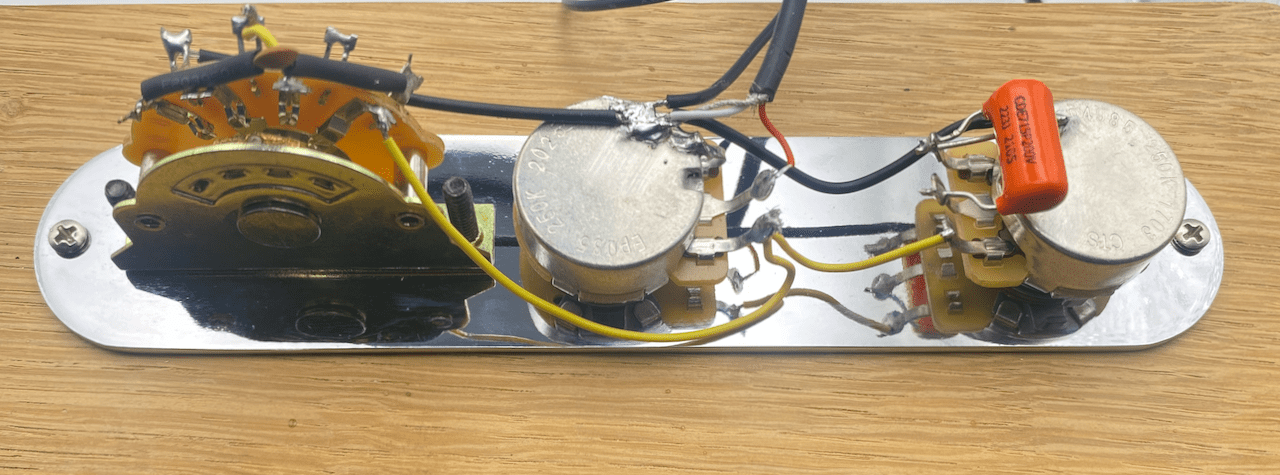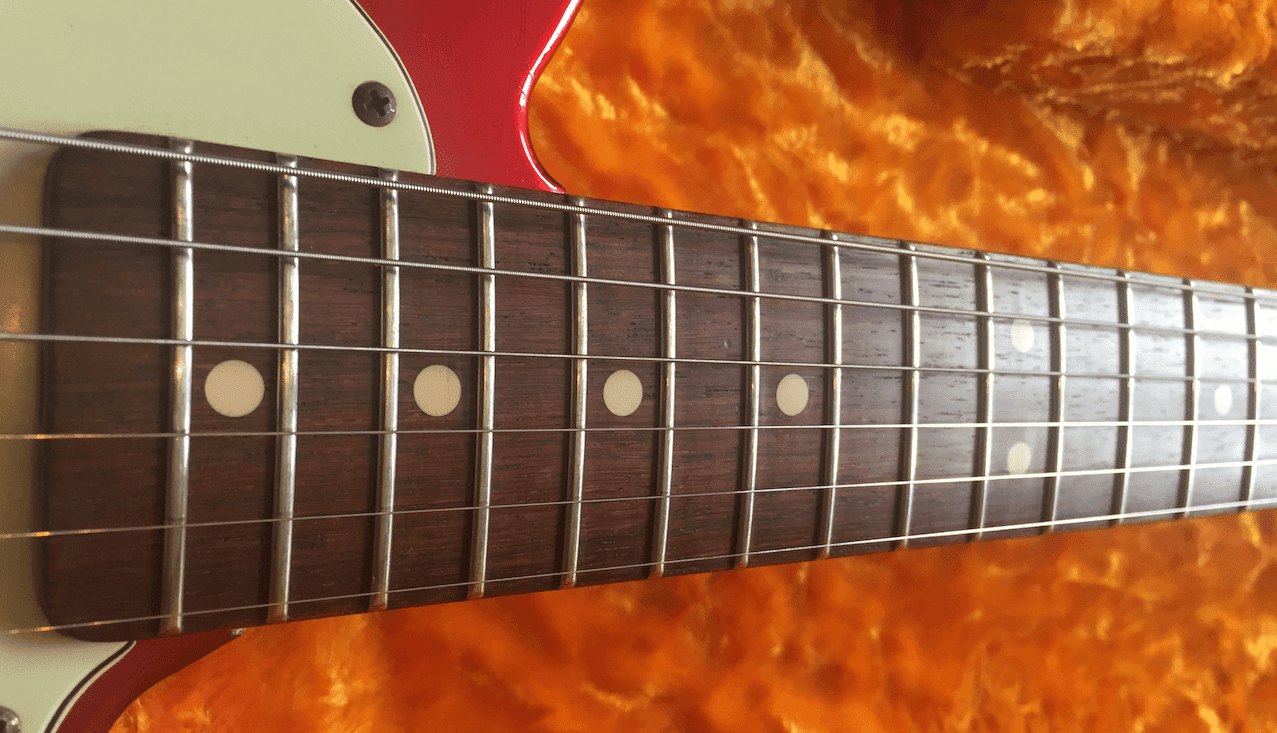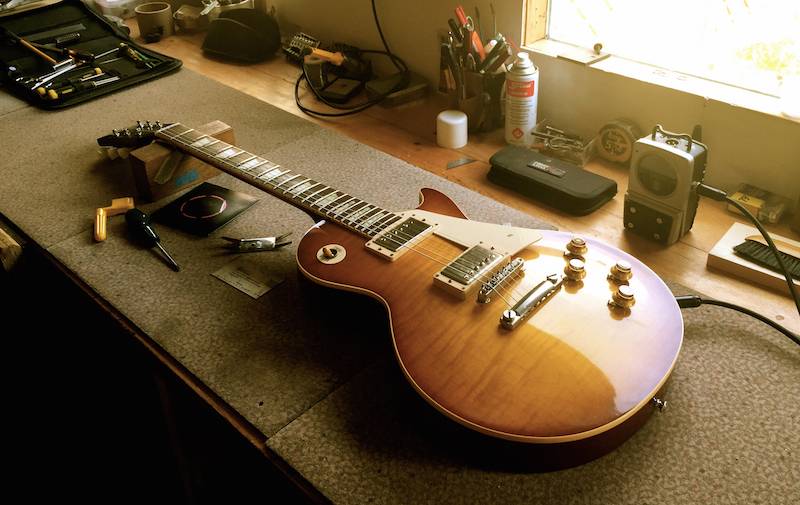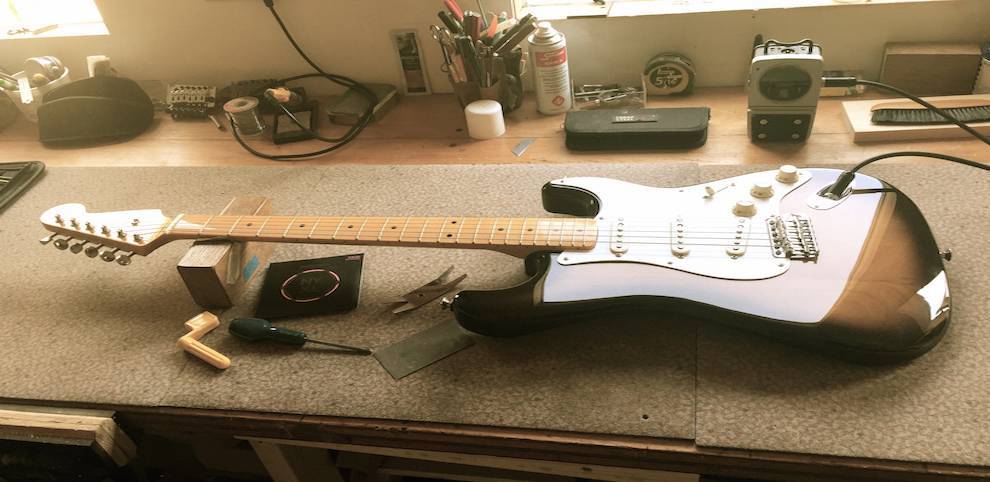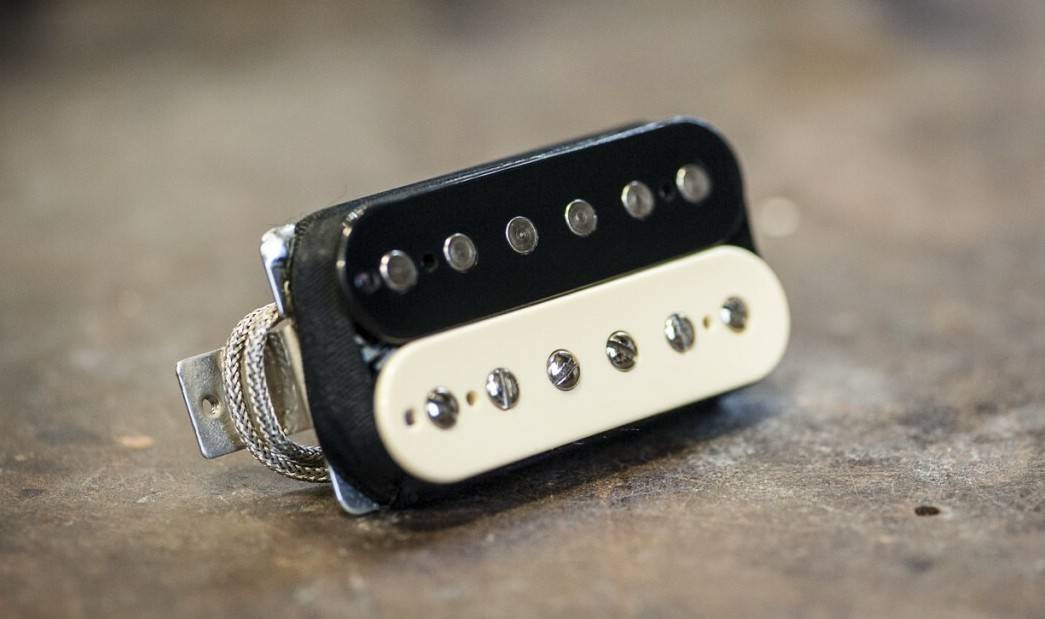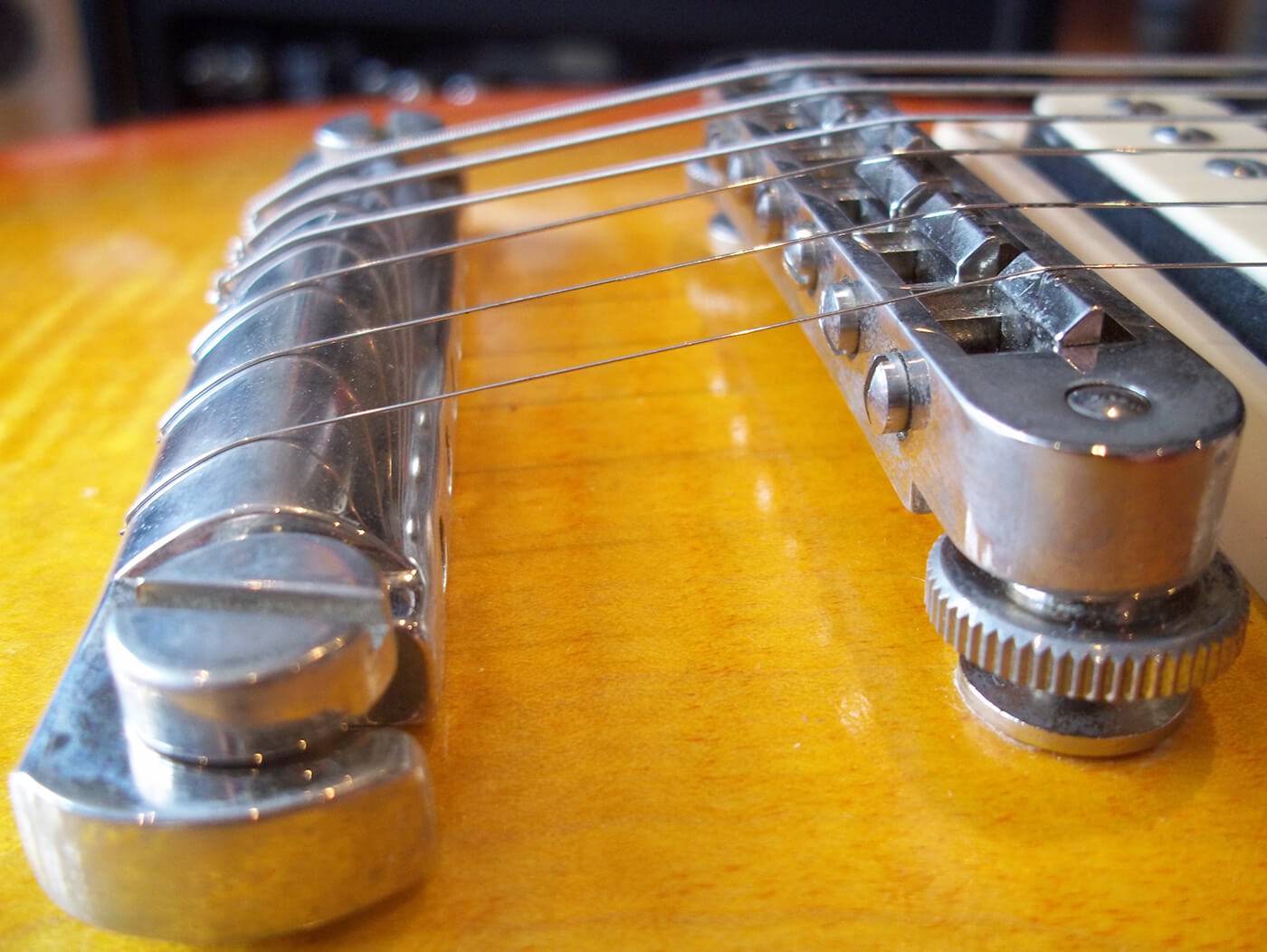The coil split versus coil tap debate seems to run and run. The internet is weighed down with forums bursting at the seams with threads about this topic. Whenever someone on a YouTube video wrongly describes this just once, there are always dozens of comments from people who ‘know what they are talking about’ to correct them. But it’s surprising how many of them are wrong.
So let’s get into this, shall we…..
Forget about pickups for a moment, let’s just look at the words. Let’s see what the dictionary has to say:
Split
verb: divide or cause to divide into parts or elements: [ no obj. ]: the river had split into a number of channels
Tap:
noun: a device by which a flow of liquid or gas from a pipe or container can be controlled.
- (also tapping )Brit. an electrical connection made to some point between the end terminals of a transformer coil or other component.
Split – to completely separate
Tap – a connection made somewhere between the two ends of a wire.
Now let’s look at this in relation to humbuckers.
Split – to completely separate ‘each coil’
Tap – a connection made somewhere between the two ends of a wire ‘the coil around the bobbin’. The hot wire and the ground wire’.
Options depending on number of wires
Number of wires | Option |
2 | none |
3 | tap |
4 | split |
To split a humbucker you need two separate coils and access to both ends of both wires.
So within a humbucker, you have a North Start, a North Finish, (One single coil pickup in a humbucker) a South Start and a South Finish (The other single coil in a humbucker). The wires that are linked together to make this a humbucker are the North Finish and the South Start. Yes, you could use the other pairs to put the pickup out of phase, but let’s not confuse the issue here. If you separate the North Finish and the South Start, (sending one wire directly to Ground), you have “Split” the humbucker into it two single coil pickups.
When a pickup is tapped (notice I said pickup, not humbucker…) an extra wire is connected to the coil somewhere around the middle of the coil. When this wire is used, you can get the effect of the pickup running at half power. In pickups like these, you would have a hot wire, and ground wire and a tap wire. When you use this extra wire you are “Tapping” into the main coil.
Now things get complicated
If you have a humbucker in your guitar, it is designed to cancel out the 60 (or 50) cycle hum that you get from your amp or fluorescent lights (as an example). When Seth Lover designed the first humbuckers, he found that if you put the two coils together and wire them so that they are electrically out of phase and with reversed magnetic polarity, you could cancel out the hum. Or, to put it another way, ‘buck’ it!
If you split this humbucker, you turn off one of the coils – effectively giving you a single coil pickup. This will now be working at around about 50% of the power of the full humbucker but will not cancel the hum.
A humbucker that has a 3-core wire works in the same way. These humbuckers only have one link wire, so access to both wires of both coils is not possible. The link wire diverts the signal and effectively turns off the second coil.
A pickup that is tapped (‘pickup’ – not humbucker. Don’t get confused) still has the ability to lower the output by about 50%. So if you put two tapped coils together (in a humbucker) you can still lower the output, but most importantly, you keep the hum-cancelling abilities. This is the same for both hum buckers or single coil pickups.
I say 50%, but that’s not necessarily accurate. the tap wire can be set anywhere along the winding length. Generally, it’s set somewhere in the middle. But this could be anything from 30 to 70% of the overall length. The position of this tap wire drastically changes the sound of the taped coil in its lower power mode.
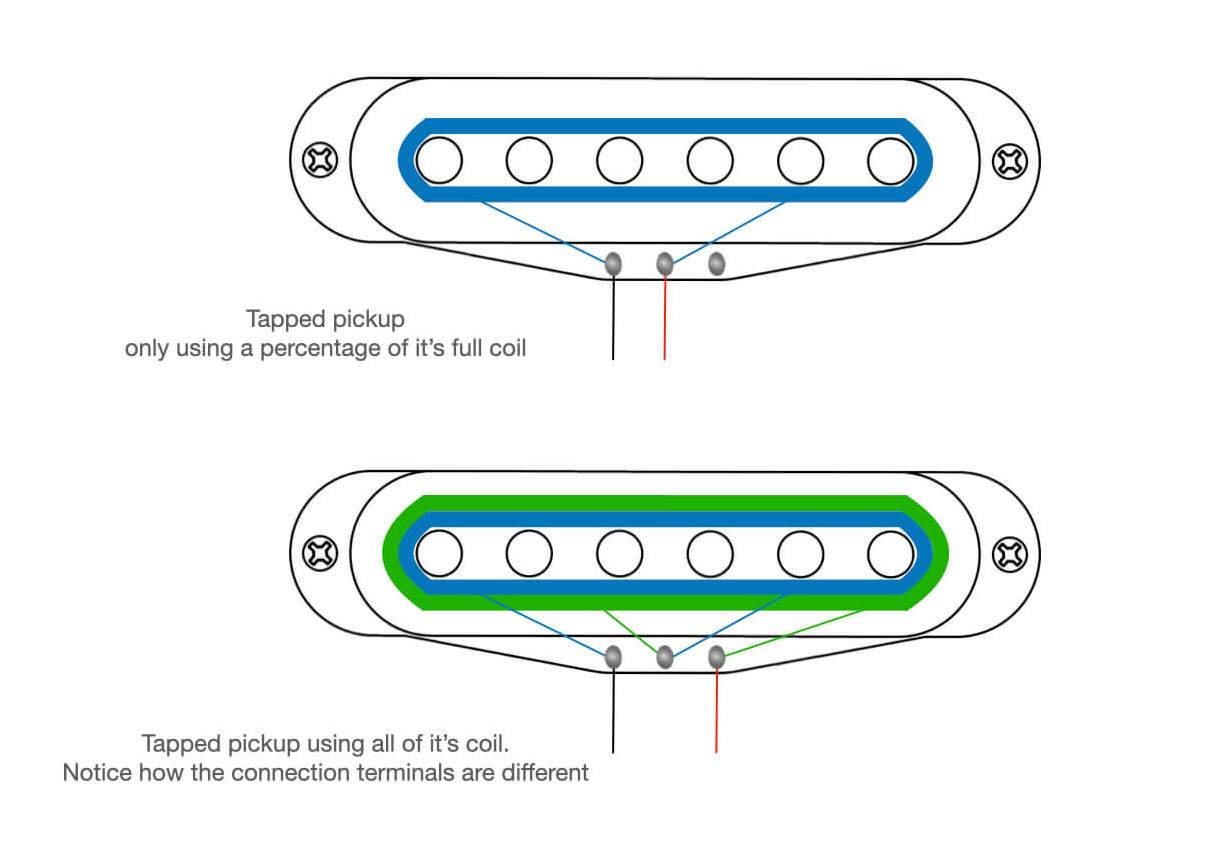
The vast majority of 4-core humbuckers that you can buy are designed to be split. Very few are designed to have two tapped coils within the same humbucker.
You can buy either splittable or tappable single coils pickups, where you can either have a stacked single coil, (which is basically a humbucker) or a traditional single coil with the extra tap wire.
Tapped coils do cost a little more to make, as the winding process has to be stopped halfway to solder a tape wire in place. From a materials point of view, the cost difference is negligible, but the labour cost is where the price jumps up.
An extra little hack! - The Partial Split Resistor
I’ll leave you with this extra little trick to get a little more chunk out of a low-powered humbucker when it is coil split. Instead of using a small piece of wire to ground your push/pull switch connection lugs to ground, use a resistor instead. In the diagram below, we have a 7.5K ohm 1/4W resistor, but anything around that size will work. Experiment to find the perfect result for your split humbucker sound. Put simply, the resistor limits the flow of electricity to Ground when the push/pull switch is activated. So instead of sending, say 50% of the signal to ground, it now only sends around 35%. The result is a fuller-sounding single coil tone.
